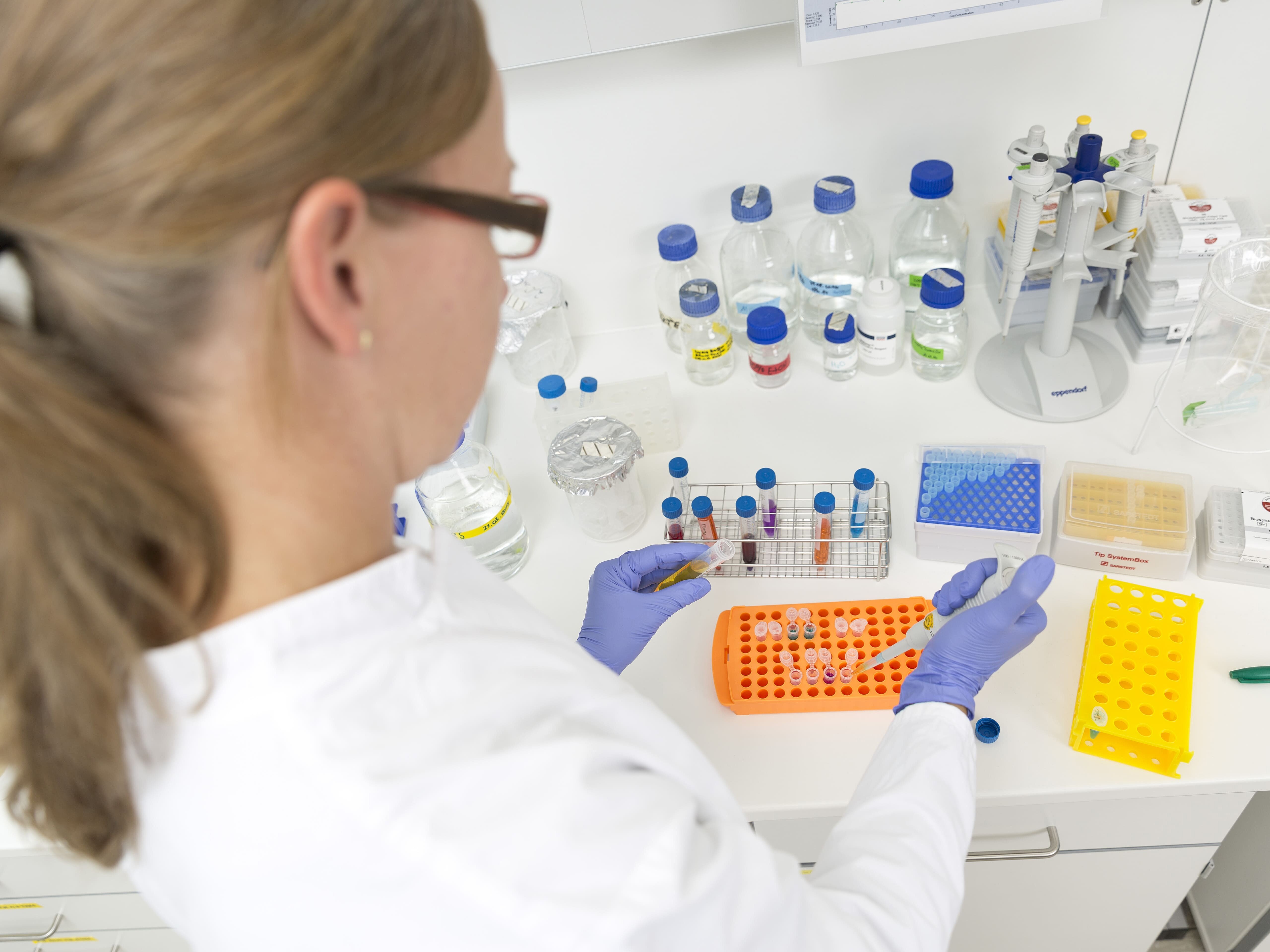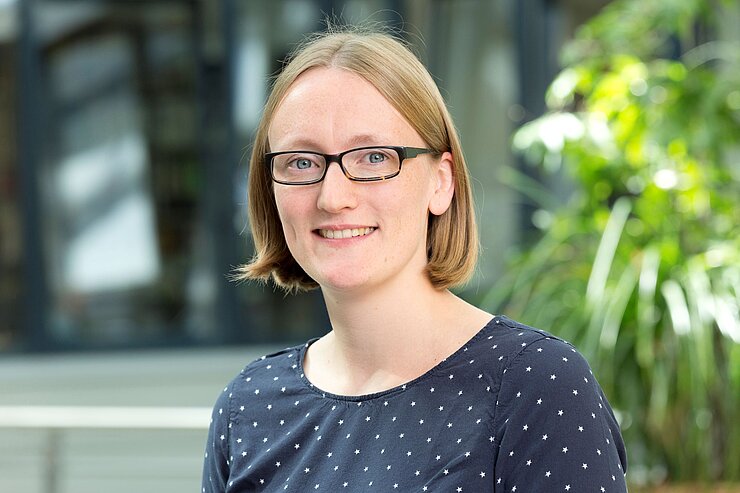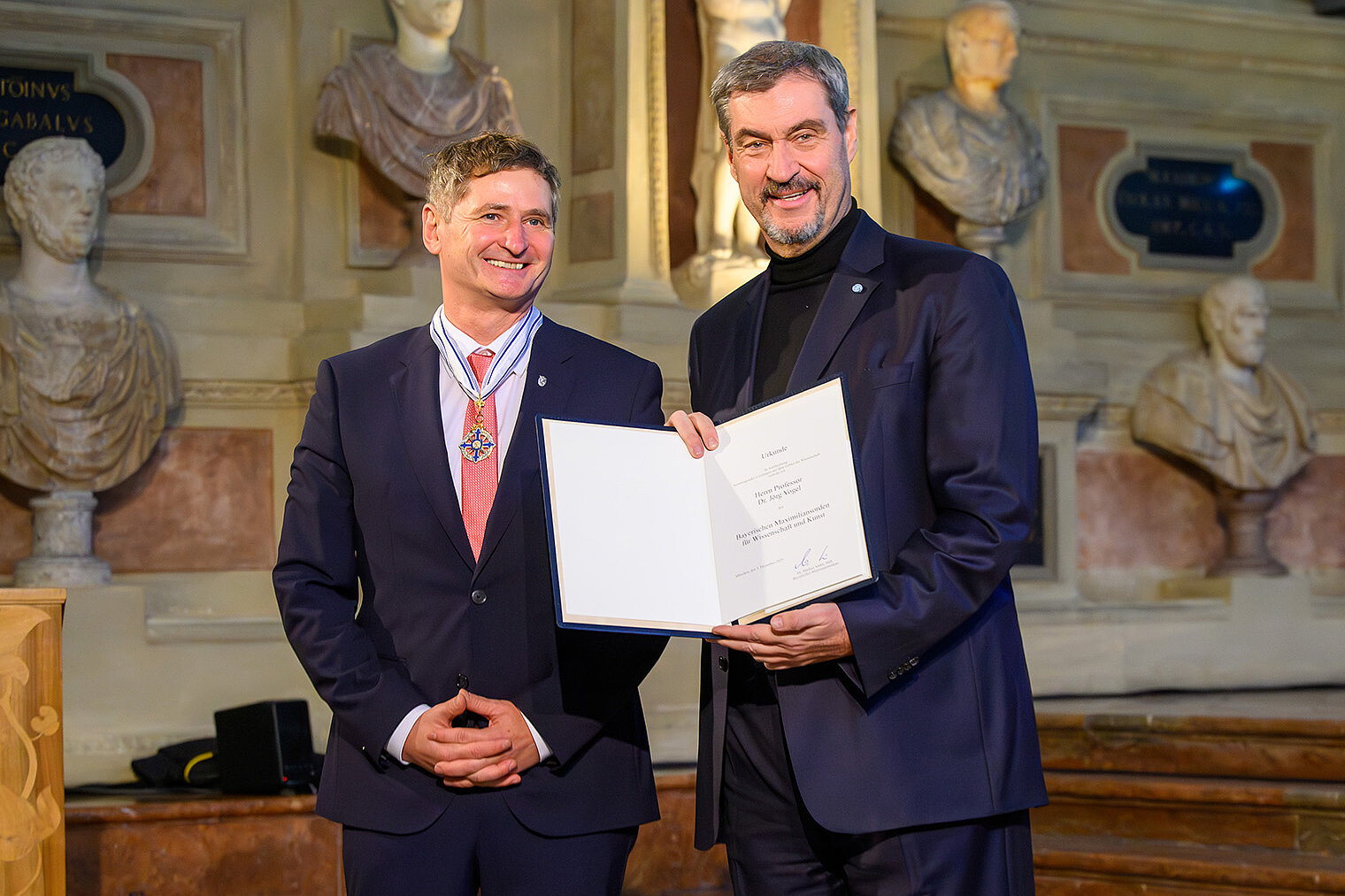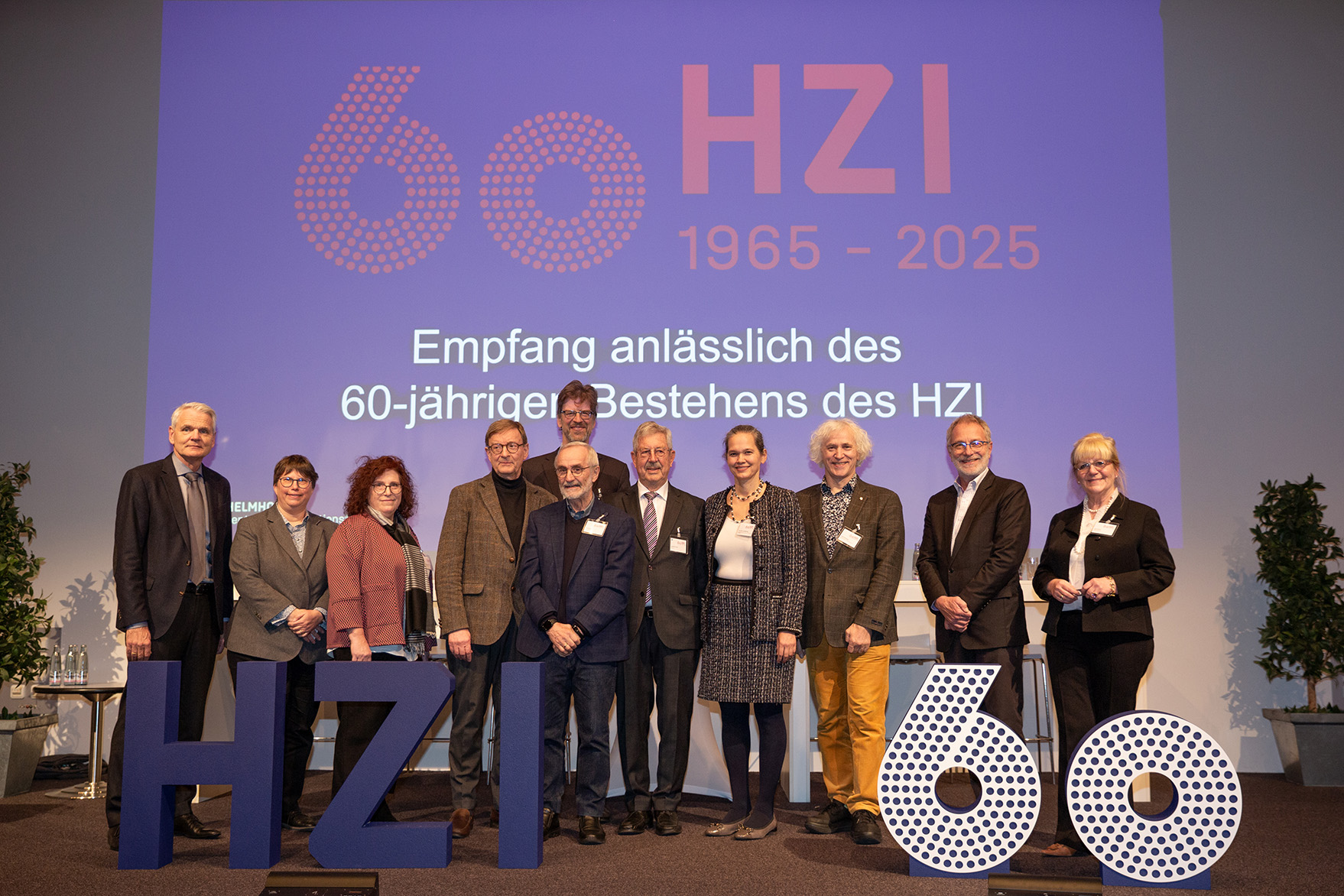
Adaptive Infectious Disease Diagnostics

Bead-based multiplex assays to characterize immune responses
Serological methods are essential tools across multiple research disciplines to investigate previous pathogen exposures within populations as part of epidemiological studies, to understand the role of antibody responses in disease progression or to develop novel therapeutics or vaccines. In contrast to conventional single-analyte technologies such as ELISAs, our work primarily focuses on the development of resource- and time-saving multiplex immunoassays based on Luminex technology with a particular focus on differentiating vaccine- from infection-elicited antibody responses. By utilizing fluorescently labelled magnetic beads which allow a separation into spectrally distinct populations up to 500 different analytical endpoints can be measured in parallel, while at the same time only using ~5µL of sample making multiplex immunoassay ideal for studies where sample volume is limited.
Directly after the emergence of SARS-CoV-2 in early 2020, MULTICOV-AB™ was developed. By combining the trimeric SARS-CoV-2 Spike protein, its S1, S2 and the Receptor-Binding domain, as well as the Nucleocapsid (N) protein a thorough characterization of antibody-driven immune responses after vaccination and infection is possible. The inclusion of the S1 and N antigens from the seasonal “common-cold” coronaviruses NL63, HKU1, OC43 and 229E further enables the assessment of cross-reactive antibody patterns within a single measurement. While MULTICOV-ABTM was originally designed for use with human serum or plasma samples, it was later expanded to measure saliva [3], enabling insights into immune protection at the primary site of infection. For the functional analysis of SARS-CoV-2 antibodies responses, RBDCoV-ACE2, a competitive cell- and virus-free ACE2 binding inhibition assay is now also available . To keep up with the rapid genomic evolution of SARS-CoV-2 into various sub-lineages, the antigen panels of both assays have been continuously expanded with emerging variants of concern receptor-binding domains which made their use in a variety of studies possible. For instance, in household transmission studies (Example Study 1; Example study 2) or in SARS-CoV-2 seroprevalence studies in Germany, Nepal and Colombia. With the approval of multiple SARS-CoV-2 vaccines, both complementary methods are now more dominantly used to analyze antibody responses after different immunizations schemes in the general population and among at risk individuals for severe COVID-19.
Using insights and expertise gained from the SARS-CoV-2 pandemic, we are currently working on developing additional multiplex immunoassays for other pathogens, such as respiratory syncytial virus or influenza virus. Those novel assays are then utilized to generate biological data for RESPINOW. RESPINOW, a modeling consortium led by Berit Lange, investigates the medium- and long-term effects of non-pharmaceutical interventions used during the COVID-19 pandemic on the transmission of other respiratory infections.
Next to developing tools to study antibody responses towards those respiratory pathogens, multiplex immunoassays to measure humoral immunity towards viral hepatitis A-D, measles, mumps, varicella and rubella viruses are currently established. For vaccine-preventable infections such as measles and hepatitis A and B, the capability of our assays to differentiate vaccination from infection antibodies will result in the generation of valid and reproducible indicators in population-based serosurveys to assess the efficiency of vaccination campaigns independent of vaccination registers or documentation and determine infection prevalence without targeted molecular surveillance. Last, we aim to develop further bead-based assays for a functional evaluation of B-cell responses beyond mere antigen-antibody binding analysis for instance to define neutralization strength and Fc-mediated antibody effects.
Partners: NMI Naturwissenschaftliches und Medizinisches Institut an der Universität Tübingen, Klinik für Rheumatologie und Immunologie der Medizinischen Hochschule Hannover, Hannover Unified Biobank, Niedersächsisches Landesgesundheitsamt, Luxembourg Institute of Health, Technologieplattform Rekombinante Proteinexpression des HZI
Funding: Helmholtz-Gemeinschaft, Deutsches Zentrum für Infektionsforschung, Niedersächsisches Ministerium für Wissenschaft und Kultur, Europäische Union
New approaches in biosample collection, conservation and stabilization
Epidemiological field studies depend on high-quality biomaterials for significant and reliable results. As molecular and immunological detection capabilities has much faster evolved than the actual biosampling technologies, we are developing novel concepts and devices for (self-)sampling at home and as part of cohort studies. For instance, a sampling method to enrich and collect pathogens from the lower respiratory tract non-invasively and with minimal resources compared to the current standard procedure of bronchoscopy is developed (PADFEX - A device for direct pathogen detection in filtered expirates). Next to increasing available biosamples types for down-stream analysis, the development of preservation and stabilization methods that maintain the quality of biomaterials, which need to be collected outside of strictly controlled and highly standardized study conditions is also of importance (study). Those new developments are carried out in an interdisciplinary approach in cooperation with experts from life, engineering and material sciences.
Bead-based multiplex assays to characterize immune responses
Serological methods are essential tools across multiple research disciplines to investigate previous pathogen exposures within populations as part of epidemiological studies, to understand the role of antibody responses in disease progression or to develop novel therapeutics or vaccines. In contrast to conventional single-analyte technologies such as ELISAs, our work primarily focuses on the development of resource- and time-saving multiplex immunoassays based on Luminex technology with a particular focus on differentiating vaccine- from infection-elicited antibody responses. By utilizing fluorescently labelled magnetic beads which allow a separation into spectrally distinct populations up to 500 different analytical endpoints can be measured in parallel, while at the same time only using ~5µL of sample making multiplex immunoassay ideal for studies where sample volume is limited.
Directly after the emergence of SARS-CoV-2 in early 2020, MULTICOV-AB™ was developed. By combining the trimeric SARS-CoV-2 Spike protein, its S1, S2 and the Receptor-Binding domain, as well as the Nucleocapsid (N) protein a thorough characterization of antibody-driven immune responses after vaccination and infection is possible. The inclusion of the S1 and N antigens from the seasonal “common-cold” coronaviruses NL63, HKU1, OC43 and 229E further enables the assessment of cross-reactive antibody patterns within a single measurement. While MULTICOV-ABTM was originally designed for use with human serum or plasma samples, it was later expanded to measure saliva [3], enabling insights into immune protection at the primary site of infection. For the functional analysis of SARS-CoV-2 antibodies responses, RBDCoV-ACE2, a competitive cell- and virus-free ACE2 binding inhibition assay is now also available . To keep up with the rapid genomic evolution of SARS-CoV-2 into various sub-lineages, the antigen panels of both assays have been continuously expanded with emerging variants of concern receptor-binding domains which made their use in a variety of studies possible. For instance, in household transmission studies (Example Study 1; Example study 2) or in SARS-CoV-2 seroprevalence studies in Germany, Nepal and Colombia. With the approval of multiple SARS-CoV-2 vaccines, both complementary methods are now more dominantly used to analyze antibody responses after different immunizations schemes in the general population and among at risk individuals for severe COVID-19.
Using insights and expertise gained from the SARS-CoV-2 pandemic, we are currently working on developing additional multiplex immunoassays for other pathogens, such as respiratory syncytial virus or influenza virus. Those novel assays are then utilized to generate biological data for RESPINOW. RESPINOW, a modeling consortium led by Berit Lange, investigates the medium- and long-term effects of non-pharmaceutical interventions used during the COVID-19 pandemic on the transmission of other respiratory infections.
Next to developing tools to study antibody responses towards those respiratory pathogens, multiplex immunoassays to measure humoral immunity towards viral hepatitis A-D, measles, mumps, varicella and rubella viruses are currently established. For vaccine-preventable infections such as measles and hepatitis A and B, the capability of our assays to differentiate vaccination from infection antibodies will result in the generation of valid and reproducible indicators in population-based serosurveys to assess the efficiency of vaccination campaigns independent of vaccination registers or documentation and determine infection prevalence without targeted molecular surveillance. Last, we aim to develop further bead-based assays for a functional evaluation of B-cell responses beyond mere antigen-antibody binding analysis for instance to define neutralization strength and Fc-mediated antibody effects.
Partners: NMI Naturwissenschaftliches und Medizinisches Institut an der Universität Tübingen, Klinik für Rheumatologie und Immunologie der Medizinischen Hochschule Hannover, Hannover Unified Biobank, Niedersächsisches Landesgesundheitsamt, Luxembourg Institute of Health, Technologieplattform Rekombinante Proteinexpression des HZI
Funding: Helmholtz-Gemeinschaft, Deutsches Zentrum für Infektionsforschung, Niedersächsisches Ministerium für Wissenschaft und Kultur, Europäische Union
New approaches in biosample collection, conservation and stabilization
Epidemiological field studies depend on high-quality biomaterials for significant and reliable results. As molecular and immunological detection capabilities has much faster evolved than the actual biosampling technologies, we are developing novel concepts and devices for (self-)sampling at home and as part of cohort studies. For instance, a sampling method to enrich and collect pathogens from the lower respiratory tract non-invasively and with minimal resources compared to the current standard procedure of bronchoscopy is developed (PADFEX - A device for direct pathogen detection in filtered expirates). Next to increasing available biosamples types for down-stream analysis, the development of preservation and stabilization methods that maintain the quality of biomaterials, which need to be collected outside of strictly controlled and highly standardized study conditions is also of importance (study). Those new developments are carried out in an interdisciplinary approach in cooperation with experts from life, engineering and material sciences.
With the development of multiplex serology assays for epidemiological studies, we are improving our understanding and thus also the effective prevention of infections

Vanessa Melhorn is a senior expert and scientific coordinator responsible for the project management of various scientific projects in the Department of Epidemiology at the Helmholtz Centre for Infection Research in Braunschweig, Germany by facilitating the timely production of deliverables, the effective management of team members and achieving the work schedules.
She studied Biology in Braunschweig and did her PhD at the Institute of Virology at the Hannover Medical School (MHH).
She then worked as the administrative coordinator of the DFG Collaborative Research Centre 900 at the MHH before starting as a scientific project manager in the Department of Epidemiology at the HZI in 2017. In April 2020, she moved to the scientific coordination area of the department and has since led the “Strategy, Administration and Coordination” team.
As scientific coordinator, she is responsible for developing and monitoring the department’s research strategy. In the area of project management, she is responsible for the personnel and budget controlling of the department’s intramural and externally funded projects and contributes to project reports as well as new and follow-up applications.
She also leads the work package ‘Data Management’ in the EU-funded project ‘EU Vaccines Hub’ as well as the work package ‘Coordination’ of the EU project CORESMA as well as other projects of the department such as the project iVacc, which investigates multi-omics big data in the general population based on a digital mHealth cohort.
Since October 2024, she has been acting team leader of the "Adaptive Infectious Disease Diagnostics" team in the Department of Epidemiology, focusing on the advancement and refinement of serological assay methodologies.
Selected Publications and Patents
Becker, M., M. Strengert, D. Junker, P. D. Kaiser, T. Kerrinnes, B. Traenkle, H. Dinter, J. Haring, S. Ghozzi, A. Zeck, F. Weise, A. Peter, S. Horber, S. Fink, F. Ruoff, A. Dulovic, T. Bakchoul, A. Baillot, S. Lohse, M. Cornberg, T. Illig, J. Gottlieb, S. Smola, A. Karch, K. Berger, H. G. Rammensee, K. Schenke-Layland, A. Nelde, M. Marklin, J. S. Heitmann, J. S. Walz, M. Templin, T. O. Joos, U. Rothbauer, G. Krause, and N. Schneiderhan-Marra. "Exploring Beyond Clinical Routine Sars-CoV-2 Serology Using Multicov-Ab to Evaluate Endemic Coronavirus Cross-Reactivity." Nat Commun 12, no. 1 (Feb 19 2021): 1152. https://dx.doi.org/10.1038/s41467-021-20973-3.
Strengert, M., M. Becker, G. M. Ramos, A. Dulovic, J. Gruber, J. Juengling, K. Lürken, A. Beigel, E. Wrenger, G. Lonnemann, A. Cossmann, M. V. Stankov, A. Dopfer-Jablonka, P. D. Kaiser, B. Traenkle, U. Rothbauer, G. Krause, N. Schneiderhan-Marra, and G. M. N. Behrens. "Cellular and Humoral Immunogenicity of a Sars-Cov-2 mRNA Vaccine in Patients on Haemodialysis." EBioMedicine 70 (Aug 2021): 103524. https://dx.doi.org/10.1016/j.ebiom.2021.103524.
A. Dulovic, B. Kessel, M. Harries, M. Becker, J. Ortmann, J. Griesbaum, J. Jüngling, D. Junker, P. Hernandez, D. Gornyk, S. Glöckner, V. Melhorn, S. Castell, J.K. Heise, Y. Kemmling, T. Tonn, K. Frank, T. Illig, N. Klopp, N. Warikoo, A. Rath, C. Suckel, A.U. Marzian, N. Grupe, P.D. Kaiser, B. Traenkle, U. Rothbauer, T. Kerrinnes, G. Krause, B. Lange, N. Schneiderhan-Marra, M. Strengert. “Comparative magnitude and persistence of humoral SARS-CoV-2 vaccination responses on a population level in Germany.” Front Immunol. 2022;13:828053. Published 2022 Feb 16. doi:10.3389/fimmu.2022.828053
H. Jacobsen, M. Strengert, H. Maaß, M. A. Ynga Durand, B. Kessel, M. Harries, U. Rand, L. Abassi, Y. Kim, T. Lüddecke, P. Hernandez, J. Ortmann, J.-K. Heise, S. Castell, D. Gornyk, S. Glöckner, V. Melhorn, Y. Kemmling, B. Lange, A. Dulovic, J. Häring, D. Junker, N. Schneiderhan-Marra, M. Hoffmann, S. Pöhlmann, G. Krause, L. Cicin-Sain: “Diminished neutralization responses towards SARS-CoV-2 Omicron VoC after mRNA or vector-based COVID-19 vaccinations. ”Scientific Reports 2022. doi.org/10.1038/s41598-022-22552-y
Häring J., Hassenstein MJ., Becker M., Ortmann J., Junker D., Karch A., Berger K., Tchitchagua T., Leschnik O., Harries M., Gornyk D., Hernández P., Lange B., Castell S., Krause G., Dulovic A., Strengert M., Schneiderhan-Marra N.. „Borrelia multiplex: a bead-based multiplex assay for the simultaneous detection of Borrelia specific IgG/IgM class antibodies.“ BMC Infect Dis. 2022. : doi.org/10.1186/s12879-022-07863-9
N. Villalobos, B. Kessel, J. Carolina Torres Páez, J. Strömpl, T. Kerrinnes, F. Pio de la Hoz Restrepo, M. Strengert, G. Krause. “Seroprevalence of Hepatitis E virus in children and adolescents living in urban Bogotá: an explorative cross-sectional study.” Frontiers in Public Health 2023: doi:10.3389/fpubh.2023.981172
Krause G., Castell S., Kerrinnes, T., Strengert M. “PADFEX: assembly for enrichment of microorganisms present in the aerosol including small droplets from respiratory air of a subject and method for enrichment of microorganisms” (EP000004012042A1; WO002022129019A1)



